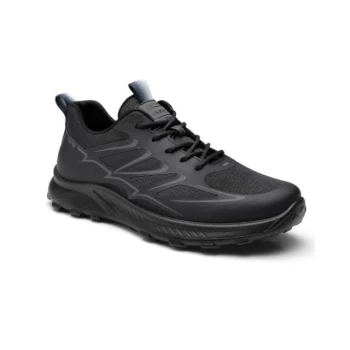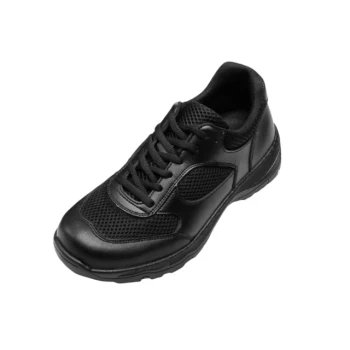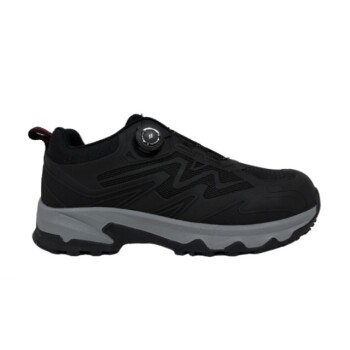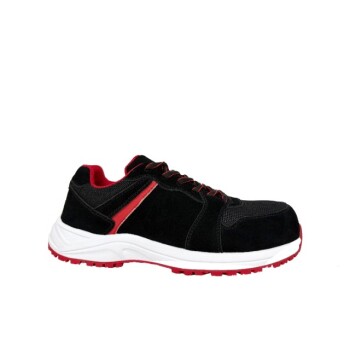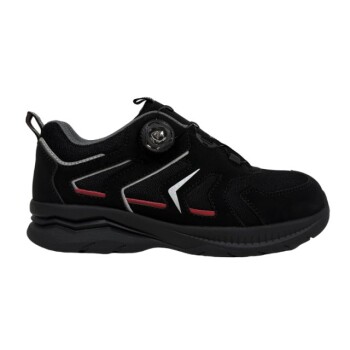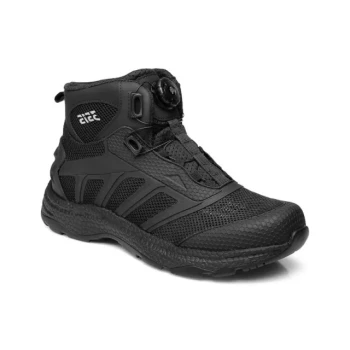To convert a woman's shoe size to a man's, the general rule is to subtract two sizes. For example, a woman who wears a size 9 would likely find the best fit in a men's size 7. However, this is only a starting point, as differences in width and brand-specific sizing can affect the final fit.
While subtracting two sizes is the standard conversion, it's an approximation. A truly accurate fit depends on understanding the fundamental differences in shoe width and volume between men's and women's designs, making it essential to look beyond the number on the box.
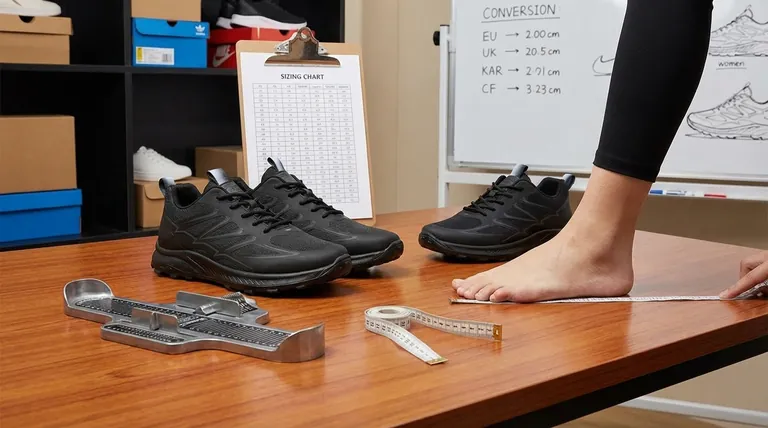
The "Subtract Two Sizes" Rule Explained
This simple conversion rule is the most common guideline used in the footwear industry, but it's important to understand its limitations.
The Standard Conversion
The core principle is straightforward: Women's Size - 2 = Men's Size. A woman wearing a size 8.5 would start by trying on a men's size 6.5.
This rule is based on the different sizing scales (or "lasts") used by manufacturers to create shoes for men and women.
Why This Isn't Always Accurate
This conversion only accounts for length. It does not account for the significant variations between brands.
A size 7 from one company may fit differently than a size 7 from another, making this rule a guideline rather than a guarantee.
Beyond Length: Key Differences in Shoe Design
True comfort and fit are determined by more than just the length of your foot. Men's and women's shoes are constructed differently in a few critical ways.
The Width Discrepancy
The most significant difference is width. A standard men's shoe has a 'D' width. A standard women's shoe has a 'B' width, which is narrower.
This means that even if the length is correct, a woman with a narrow foot may find the standard men's shoe too loose in the heel and forefoot.
Volume and Arch Differences
Men's shoes are typically built with more overall volume to accommodate a generally larger foot structure. The placement and height of the arch support can also differ slightly.
These subtle differences in geometry can impact how the shoe feels over a full day of wear.
Common Pitfalls to Avoid
Relying solely on the conversion rule can lead to a poor fit. Here are the most common mistakes to watch out for.
Ignoring Brand Sizing Charts
The most reliable source of truth is always the manufacturer's own sizing chart. These charts often list measurements in inches or centimeters.
Measuring your foot length and comparing it to the official chart bypasses the need for conversion rules and provides a more accurate starting point.
Forgetting About Socks
The thickness of your socks can easily alter the fit of a shoe. This is especially true for athletic shoes or work boots.
Always consider the type of sock you will wear with the shoes when determining your size.
Assuming Sizing is Uniform
Never assume that your size in one brand will translate directly to another, especially after converting from women's to men's. Each brand uses its own proprietary lasts and manufacturing processes.
Making the Right Choice for Your Goal
Use the conversion rule as your starting point, but refine your choice based on your specific situation.
- If your primary focus is buying online from an unfamiliar brand: Find the official brand size chart and measure your foot length in centimeters or inches for the most accurate result.
- If your primary focus is trying shoes on in-store: Start with the "subtract two sizes" rule, but be prepared to try on a half-size up or down to find the perfect fit.
- If you have narrow or wide feet: Pay close attention to width, as a standard men's 'D' width may be too roomy if you typically wear a standard women's 'B' width.
Using this sizing conversion as a starting point, not a final answer, empowers you to find a truly comfortable and supportive fit.
Summary Table:
| Sizing Factor | Key Consideration |
|---|---|
| Standard Conversion | Subtract 2 sizes from the woman's size. |
| Width Difference | Men's standard is 'D' width; Women's is narrower 'B' width. |
| Volume & Arch | Men's shoes typically have more overall volume and different arch support. |
| Brand Variation | Sizing is not uniform; always check the brand's specific size chart. |
Need a reliable partner for your footwear needs?
As a large-scale manufacturer, 3515 produces a comprehensive range of footwear for distributors, brand owners, and bulk clients. Our production capabilities encompass all types of shoes and boots, ensuring consistent sizing and superior quality. Let us help you deliver the perfect fit to your customers.
Contact us today to discuss your manufacturing requirements!
Visual Guide
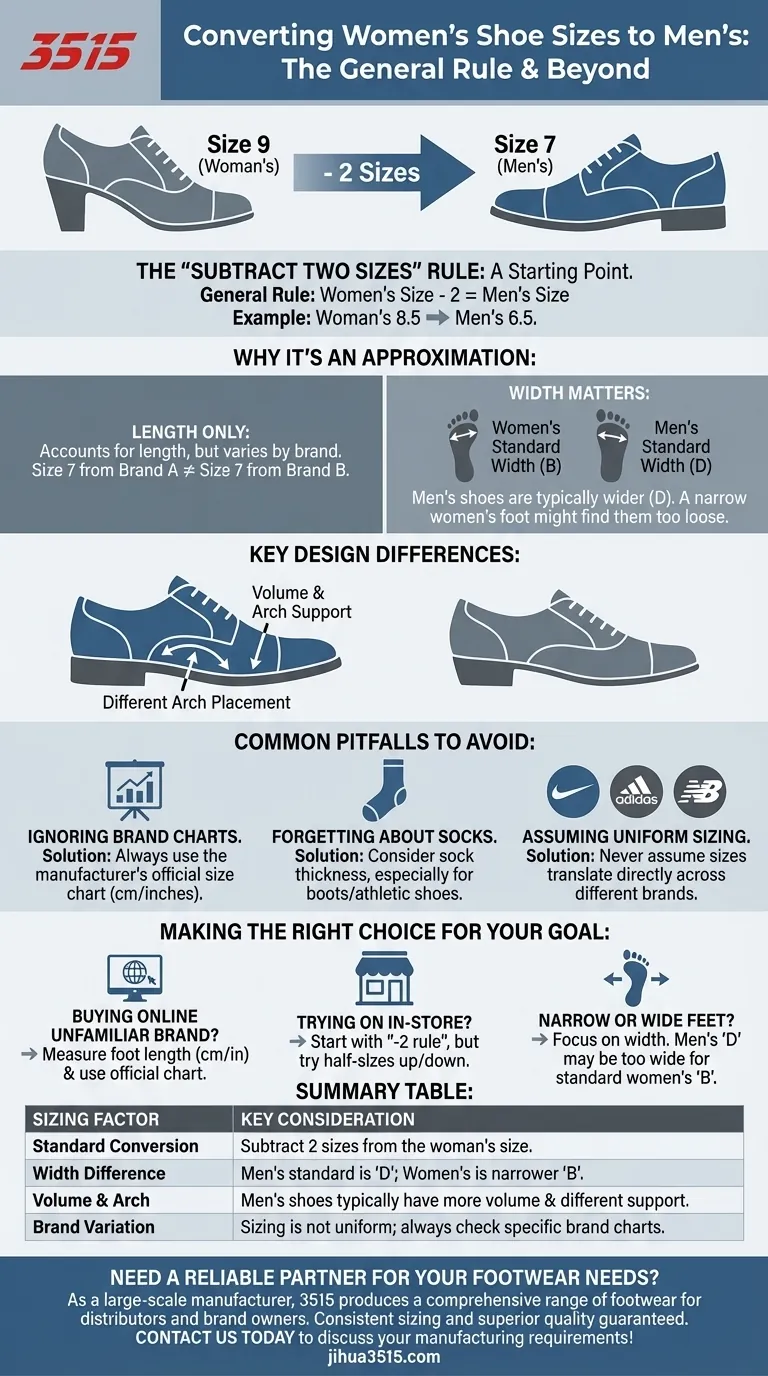
Related Products
- Custom OEM Training Shoes Wholesale Manufacturer Durable & Breathable
- Wholesale Women's Leather Derby Shoes Custom Factory Production
- Wholesale Training Shoes with Dial Lacing System Custom OEM Manufacturing
- Wholesale Durable & Breathable Training Shoes for Custom Brands
- Advanced KPU Athletic Safety Shoe with Steel Toe Cap Anti-Slip Rotary Lacing System
People Also Ask
- What industries benefit from safety trainers? Lightweight Protection for Modern Workplaces
- What is the purpose of cushioning in running shoes? Absorb Impact, Boost Performance
- What is Athlete's Foot, and how does it spread? Prevent Contagious Fungal Infections
- What are some pros mentioned for women's non-slip shoes? Boost Safety, Comfort & Style
- Why is proper boot fastening important? Unlock Maximum Safety and Performance
